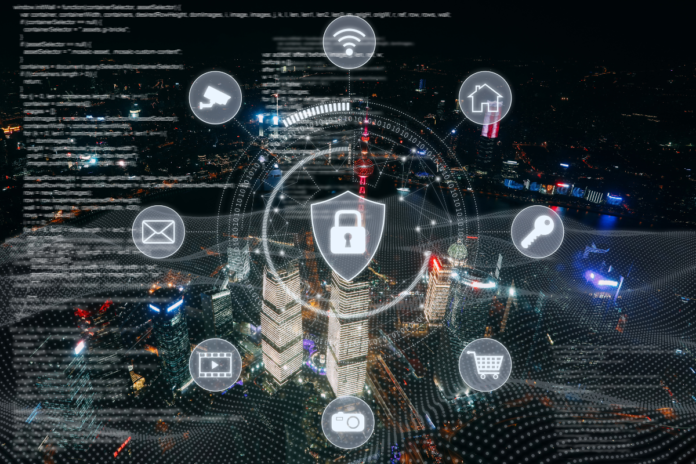Cryptanalysis, the ancient art of unraveling secret messages, has not only shaped our history but also plays a critical role in today’s digital landscape. This journey explores the evolution of cryptanalysis, from historical breakthroughs to cutting-edge techniques, shedding light on its impact on cybersecurity.
Historical Perspective: In ancient times, cryptanalysis involved deciphering simple ciphers through pattern recognition. The mid-20th century witnessed the rise of modern cryptography with more robust methods, marking a significant shift in the field.
New Wave Cryptanalysis Techniques:
- Quantum Cryptanalysis:
- Quantum computers pose a threat by exploiting vulnerabilities in widely-used encryption methods.
- Ongoing research aims to develop post-quantum cryptographic algorithms resilient to quantum attacks.
- Side-Channel Attacks:
- These attacks exploit unintended information leakage, requiring countermeasures like masking and secure hardware design.
- Machine Learning and Artificial Intelligence:
- AI accelerates cryptanalysis by automating pattern recognition and attack strategies.
- Ethical considerations emphasize responsible AI use in cybersecurity.
Future Predictions in Cryptanalysis:
- Quantum-Resistant Cryptosystems:
- Exploration of promising approaches such as lattice-based and code-based cryptography.
- Challenges in transitioning to quantum-resistant systems and potential impact on cryptographic standards are discussed.
- Advancements in Side-Channel Attack Techniques:
- Predictions on evolving attack vectors and countermeasure advancements.
- Consideration of implications for secure hardware development.
- The Role of AI and Machine Learning:
- Examining AI’s potential to enhance attack speed and accuracy.
- Proactive use of AI in strengthening cybersecurity defenses.
Ethical and Legal Considerations: Discussion of the ethical implications of breaking encryption for privacy invasion, national security concerns, and the need for ethical research practices and regulatory oversight.
Practical Implications: Actionable recommendations for individuals and organizations, emphasizing preparedness, collaboration, and proactive defense strategies.
Conclusion: Cryptanalysis, in its transformative phase, demands adaptation to new techniques. Whether countering quantum threats, evolving attacks, or leveraging AI-driven defenses, continuous innovation is crucial in the ever-evolving landscape of cybersecurity.





